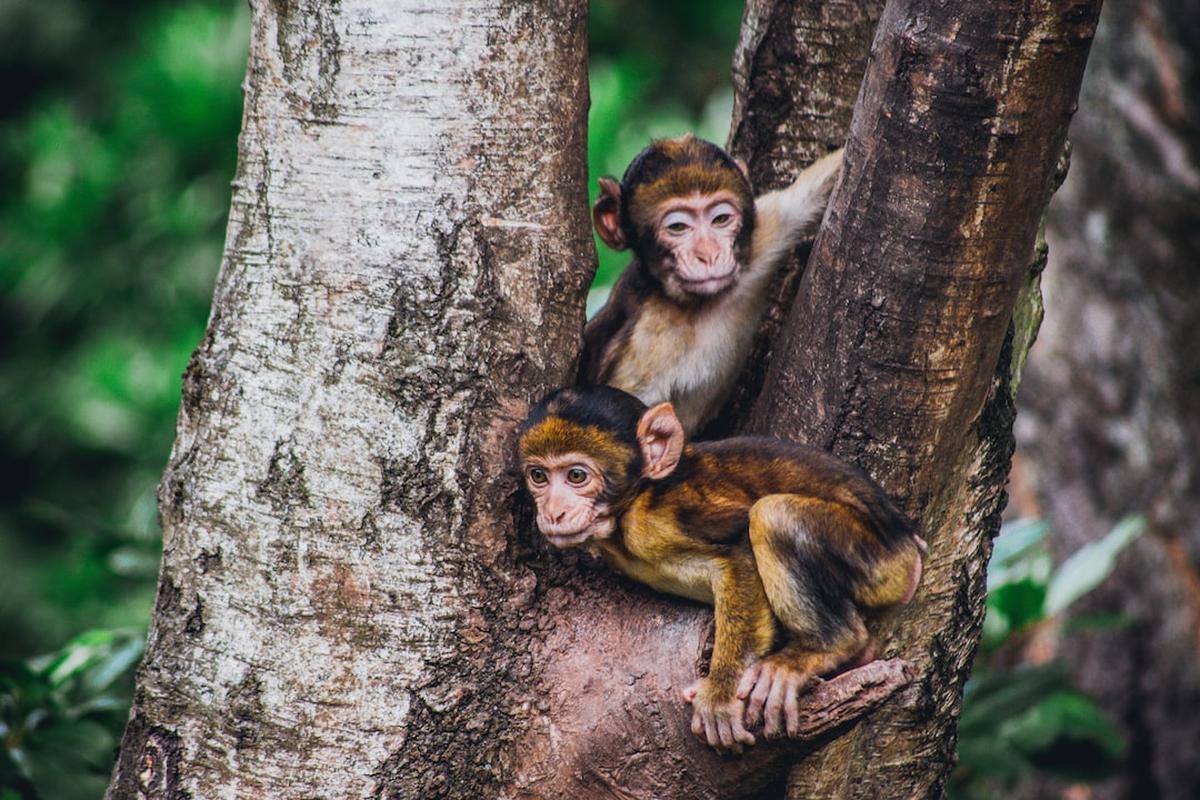The theory of evolution is a fundamental concept in biology that explains the diversity of life on Earth. It is a scientific theory that describes how species change over time and how new species emerge. Understanding evolution is crucial because it provides a framework for interpreting the patterns of life we see around us. It is the key to understanding why organisms are the way they are and why they do what they do.
Historical Background of the Theory of Evolution
Pre-Darwinian Theories
Before Charles Darwin, there were several theories attempting to explain the diversity of life. Jean-Baptiste Lamarck, for instance, proposed a theory of acquired characteristics, suggesting that organisms could change during their lifetimes in response to their environment, and then pass these changes onto their offspring. However, this theory was largely discredited by the scientific community.
Charles Darwin and the Origin of Species
The most significant breakthrough in evolutionary theory came from Charles Darwin. In his book, “On the Origin of Species,” Darwin proposed the idea of natural selection. He suggested that individuals with traits that are advantageous in their environment are more likely to survive and reproduce, passing these beneficial traits to their offspring.
Post-Darwinian Evolutionary Theories
After Darwin, the theory of evolution continued to evolve. The modern synthesis, a term coined in the 20th century, combined Darwin’s theory of natural selection with Mendelian genetics, establishing evolution as a gradual process driven by small genetic changes in populations over time.
Core Concepts of the Theory of Evolution
Genetic Variation and Its Role in Evolution
Genetic variation is the raw material for evolution. It is the differences in genes among individuals within a population. Without genetic variation, evolution could not occur because there would be no differences for natural selection to act upon.
Natural Selection: The Driving Force of Evolution
Natural selection is the process by which traits become more or less common in a population due to their effects on the survival and reproduction of their bearers. It is the primary mechanism driving evolution.
Survival of the Fittest: Understanding Fitness in Evolution
In the context of evolution, “fitness” refers to an organism’s ability to survive and reproduce in its environment. The phrase “survival of the fittest,” coined by Herbert Spencer, encapsulates this idea, suggesting that those organisms best adapted to their environment are most likely to pass their traits on to the next generation.
The Process of Evolution
Mutation: The Source of Genetic Variation
Mutations are changes in the DNA sequence of an organism’s genome. They are the primary source of genetic variation, providing the raw material for evolution.
Gene Flow and Genetic Drift: Random Processes in Evolution
Gene flow and genetic drift are two random processes that can affect the genetic makeup of a population. Gene flow occurs when individuals move between populations, bringing new genes with them. Genetic drift is the random fluctuation in the frequency of a gene variant in a population.
Speciation: The Formation of New Species
Speciation is the process by which new species form. It typically occurs when populations of the same species become geographically isolated from each other and accumulate enough genetic differences to become distinct species.
Evidence Supporting the Theory of Evolution
Fossil Records: Tracing Evolution Through Time
Fossil records provide a historical account of life on Earth, showing how organisms have changed over time. They provide compelling evidence for the theory of evolution.
Comparative Anatomy and Embryology: Similarities Among Species
Comparative anatomy and embryology provide evidence for common ancestry among species. For example, the similar bone structures in the limbs of humans, cats, whales, and bats suggest a common ancestor.
Molecular Biology: DNA and Protein Similarities
Molecular biology provides some of the strongest evidence for evolution. The similarities in DNA and protein sequences among different species suggest a common ancestry and provide a molecular record of evolution.
Misconceptions About the Theory of Evolution
Clarifying Common Misunderstandings
There are many misconceptions about the theory of evolution. For example, some people believe that evolution is just a theory, implying that it is not well-supported. However, in science, a theory is a well-substantiated explanation of some aspect of the natural world that is based on a body of facts.
Evolution as a Theory and Fact
The theory of evolution is both a theory and a fact. It is a theory because it is a well-substantiated explanation of some aspect of the natural world. It is a fact because it is an observable phenomenon that species change over time.
Evolution in Action: Real World Examples
Evolution of Antibiotic Resistance in Bacteria
One of the most compelling examples of evolution in action is the evolution of antibiotic resistance in bacteria. When a population of bacteria is exposed to an antibiotic, those that are resistant to the drug have a higher chance of survival and reproduction, leading to an increase in the frequency of resistance genes in the population.
Evolution of Finches in the Galapagos Islands
Another famous example of evolution in action is the evolution of finches on the Galapagos Islands, studied by Charles Darwin. The finches have different beak shapes depending on their diet, demonstrating how natural selection can lead to the adaptation of species to their environment.
Implications of the Theory of Evolution
Impact on Biological Sciences
The theory of evolution has had a profound impact on the biological sciences. It provides a unifying framework for understanding the diversity of life and has influenced fields ranging from ecology to medicine.
Influence on Medicine and Public Health
Understanding evolution can help us combat diseases and improve public health. For example, understanding the evolution of antibiotic resistance can help us develop strategies to combat it.
Role in Understanding Climate Change and Biodiversity
The theory of evolution also plays a crucial role in understanding climate change and biodiversity. It helps us understand how species adapt to changing environments and how biodiversity is generated and maintained.
In conclusion
In conclusion, the idea that best describes the theory of evolution is that it is a process driven by natural selection acting on genetic variation within populations, leading to the adaptation of species to their environment and the emergence of new species. The theory of evolution continues to be a cornerstone of biology, providing a unifying framework for understanding the natural world.
Frequently Asked Questions
What is the theory of evolution?
The theory of evolution is a scientific theory that describes how species change over time and how new species emerge. It suggests that natural selection acting on genetic variation within populations leads to the adaptation of species to their environment and the emergence of new species.
Who proposed the theory of evolution?
The theory of evolution was proposed by Charles Darwin in his book “On the Origin of Species.”
What is natural selection?
Natural selection is the process by which traits become more or less common in a population due to their effects on the survival and reproduction of their bearers. It is the primary mechanism driving evolution.
What is genetic variation and why is it important for evolution?
Genetic variation is the differences in genes among individuals within a population. It is important for evolution because without it, there would be no differences for natural selection to act upon.
What is speciation?
Speciation is the process by which new species form. It typically occurs when populations of the same species become geographically isolated from each other and accumulate enough genetic differences to become distinct species.
What evidence supports the theory of evolution?
Evidence supporting the theory of evolution includes fossil records, comparative anatomy and embryology, and molecular biology.
References
- Darwin, C. (1859). On the Origin of Species. John Murray.
- Futuyma, D. J. (2013). Evolution. Sinauer Associates.
- Mayr, E. (1982). The Growth of Biological Thought: Diversity, Evolution, and Inheritance. Harvard University Press.
- Ridley, M. (2004). Evolution. Blackwell Publishing.








